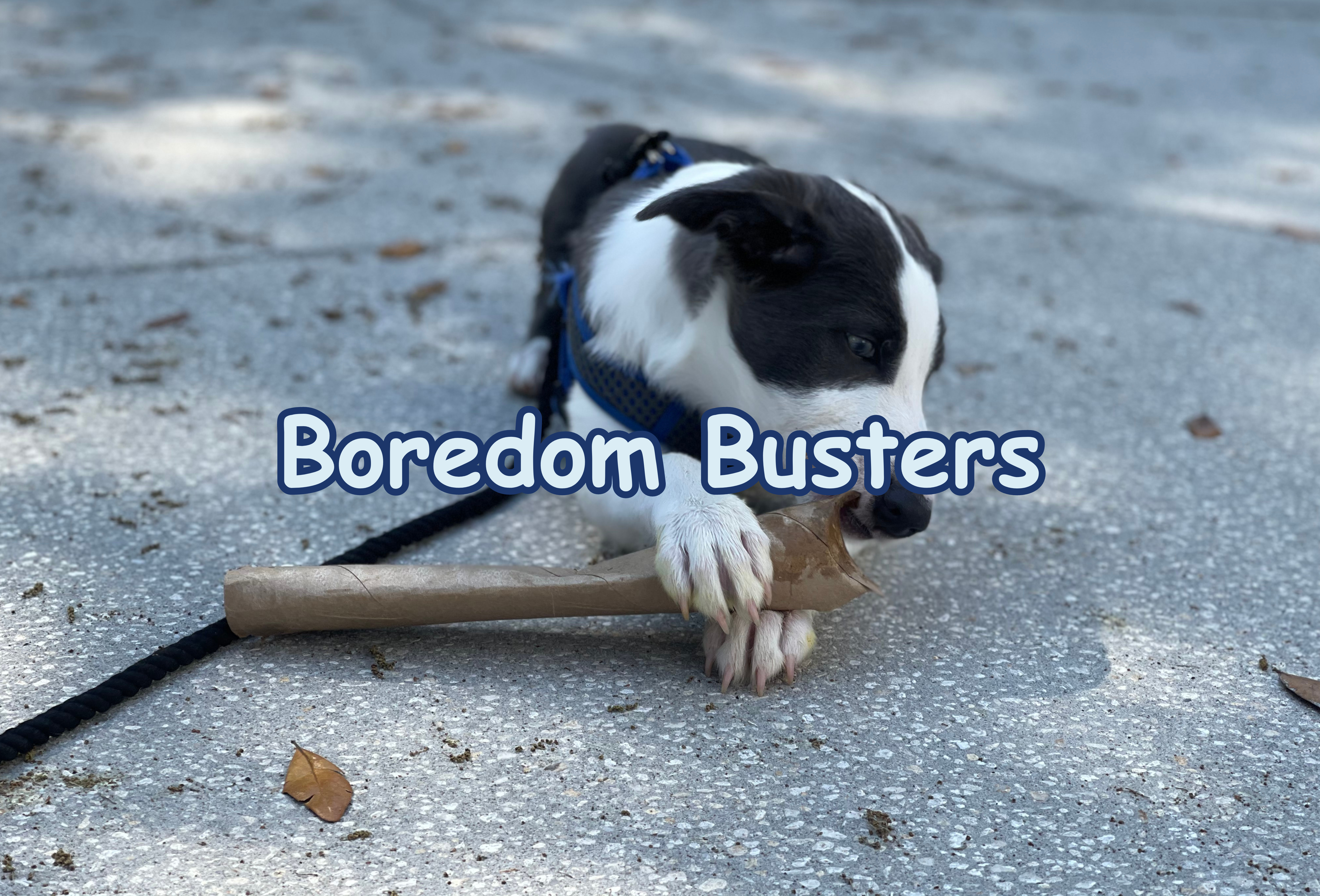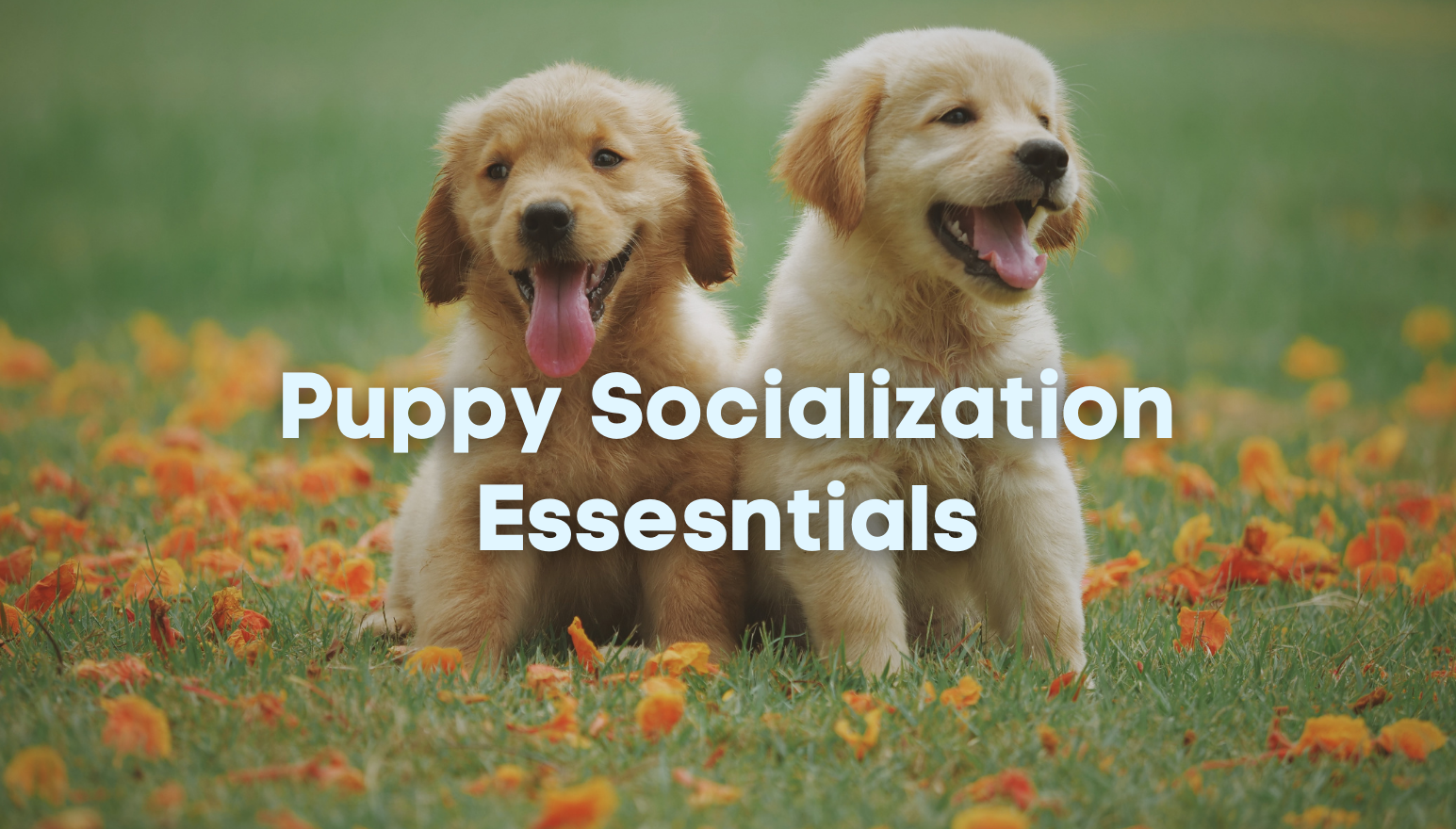Fun and Games for Dogs and their Humans
by Angelica Steinker, M.Ed., CAP2, CDBC, NADOI and IAABC endorsed
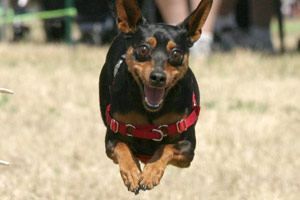
Training for Dog Sports
A commitment to fun and force-free training should be central to any dog sport training program. By definition a dog sport is something we do to experience joy with our dogs. Training with positive reinforcement makes the training process fun and also helps the dog inherently love the sport. Forceful training, shouting, hitting or intimidating the dog, has no place in any dog sport or training. Keep the spotlight on the dog’s fun and free from any focus on human ego gratification and the joy you will find will change your life.
Dog Agility
Imagine your dog jumping over jumps, navigating planks and racing through tunnels. That is dog agility. The dog completes an obstacle course by following the cues of her handler. Maren Jensen, a professional trainer and agility addict says, “Agility creates great bonding between you and your dog. It is also fun exercise for you and your dog. I like the confidence that it builds in my dogs and myself. It is a great way to meet other people who are also obsessed with their dog.”
Most agility organizations present competitors with three levels. One for folks just starting out, an intermediate level and then the highest level, this system allows dogs and handlers to ramp up to more complicated courses as they gain experience. Depending on the country and the organization, dog and handlers can move up a level when they either win a class or get three passing scores.
Pictured above, Maren Jensen and Rumble having fun doing agility.
Flyball
If you like being part of a team, then flyball may be the dog sport for you. Flyball consists of four jumps leading to a box, the box contains a ball. A team of four dogs, one at a time, race over the jumps, to the box, grab the ball and race back over the same four jumps. The best teams in the world can race four dogs in around 16 seconds. This means each dog is completing the course and successfully passing the next dog in around 4 seconds, mind blowing speed.
Border Collie breeder and flyball trainer Kim Russell says, “The time and effort that goes into fine tuning a group of dogs and handlers is highly rewarded when you get out in the racing lanes and everything falls into place. I think for a lot of dogs the best part of flyball is just doing what dogs love to do…run, catch a ball, tug and have fun. Many dogs that are more experienced racers really get into the competition side of things watching the dog in the lane next to them and pushing even harder to get down to the box and back faster than their opponent!”
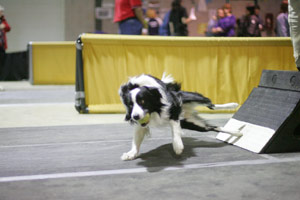
Dogs love flyball which they show by screaming their heads off when seeing their racing team mates and the flyball equipment. This high intensity dog sport includes strategy, since the smallest dog determines the jump height for the team and of course provides great exercise for dogs. Handlers are not required to be very fit to have their dogs compete in flyball, so this is truly a game anyone can play. Of most of the dog sports, flyball almost always gets an enthusiastic paws up rating by dogs.
Rally Obedience
Professional trainer and Rally Obedience competitor Mary Ann Campbell says, “Rally Obedience is fun because competitors are allowed to talk with their dogs and give positive feedback while competing. My terrier enjoys Rally Obedience so if he is having a good time, I am having a great time.”
Pictured above is what is called “front position.” The dog comes in front of the handler and sits. This move is used at all levels of Rally Obedience.
Rally Obedience also presents a dog and handler team with three levels that increase in difficulty. As the level increases, the number of signs that the dog is required to complete increases and the level of difficulty of the signs also increases. In the United States, where Rally Obedience originated, dogs need three passing scores to advance to the next level. We will see what other countries decide when they begin offering Rally Obedience competitions.
Dry Land Mushing
If you are interested in something completely different you can consider dry land mushing (note to editor: I don’t think there is snow in Portugal right?) This sport makes use of a scooter or mountain bike which is fitted with off road tires and brakes which is powered by one or more dogs. Most healthy dogs can pull 7 times their weight. So that means a healthy 40 pound dog (about 18 kilos) can pull 280 pounds (about 127 kilos). Some countries have started to offer races for dry land mushing that are of varying distances. Some are short distance sprint races and others are endurance races. Dogs love this sport whether they are small or tall or hounds or herders the feedback is this sport is a blast for dogs.
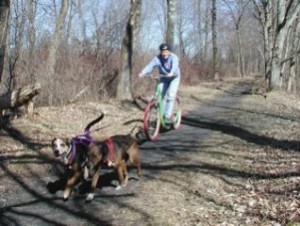
The bottom line on dry land mushing is that it is at minimum a fantastic way to exercise your dog and it has the potential of making a great hobby for you and your furry friend. Another bonus is that if you have more than one dog, this is a sport that can include all of your healthy dogs. Dogs that are elderly or recovering from an injury can be tethered to run along side instead of actually pulling.
Musical Freestyle
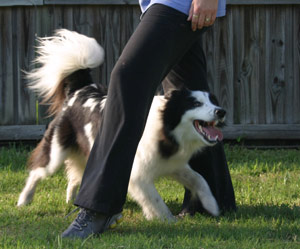
Musical freestyle judge and world famous performer Attila Szkukalek says, what he loves about the sport is, “above all the interaction with my dog while I teach her new exercises and practice for performance. We learn together; I teach her exercises that I think suit our routines and she teaches me, what she likes, and dislikes. She teaches me to watch her and understand her movement, mood and personality. Without learning to understand each other we cannot develop a partnership to be successful in [musical freestyle]. The second thing I like is the mental challenge of creating a routine and the physical challenge of learning the steps…. The third thing is to show people how intelligent and what good friends dogs are and to make people laugh and love dogs.” In regard to his dog Border Collie Fly, Attila says, “She enjoys the attention from me and from the audience, the activity, the interaction with human(s) and also the large rewards during the training and at the end of performances. When the audience laughs or claps she becomes overly enthusiastic. Fly usually responds by barking to clapping. She never barks if the audience claps during the routine. It has a different meaning for her, she has learnt that it’s for her –the audience loves her performance and she likes this.”
Pictured above is a move called leg weaving, as the handler moves forward the dog passes from left to right between the handler’s legs.
The world’s best musical freestyle comes from England and Europe. This is where the sport originated and has been the most developed. Musical freestyle offers the handler opportunities for endless creativity, but it is not the sport for all dogs. Musical freestyle requires a dog that is motivated to perform a long time for little pay as routines are generally 90 seconds to several minutes, and dogs are not given access to any rewards during that time period. Musical freestyle trainers will place certain moves into the routine at strategic places to function as a reward. Most dogs are not wiling to work for the opportunity to perform a behavior, but many herding and sporting breeds are happy to do so.
Disc Dog
Of all the sports, disc dog is the easiest and the least costly to get started. All you need is a disc and a dog and you can play. In most countries disc dog consists of two divisions: distance and freestyle. Distance requires the dog to simply catch a disc in order to gain points. The longer the catch, the more points and if the dog has all four feet off the ground when making a catch you get extra points. Ideally a dog loves to play fetch in order to play disc dog, but even dogs that don’t initially love playing fetch can learn to play disc.
Freestyle in disc dog is similar to musical freestyle in that it is a routine set to music. But unlike in musical freestyle, the dog has access to the disc, which is a reward, the entire routine. Catching the disc from a variety of positions and performing different stunts and tricks are all part of disc dog freestyle.
Professional trainer and disc dog competitor Ann Farmer says that she “gets a unique feeling of unity with her dogs when playing disc dog. It provides my dogs with fun, is an energy outlet and gives them much needed mental stimulation. Best of all it is a way for us to play together.”
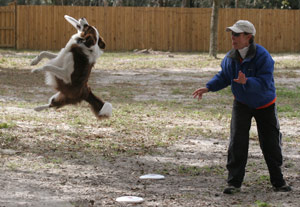
Disc dog is not physically demanding on the handler and the only dog sport that allows a toy during competition. If you parent a dog that loves to fetch, run, don’t walk to get yourself a disc.
Google is Your Friend
If you want to learn more about any of the dog sports listed, simply use your favorite search engine to find some useful websites and email lists. There is a wealth of information available. If no one is doing the sport that interests you in your area, start your own club. Or just do the sport for fun, not all of us are motivated by measuring our improvements. Certainly the dogs know nothing of winning or losing, they just want to have fun!
About the Author
Angelica Steinker, M.Ed., C.D.B.C., CAP2, and NADOI endorsed

Angelica has written two books. The first one, Agility Success, was published by Clean Run Productions (www.CleanRun.com) and addresses the handler of the of the agility team. Her second book, is called Click and Play Agility, describes the use of clicker training techniques to teach your dog agility behaviors. This book emphasizes play and bonding while training agility behaviors to the highest level.
Angelica’s articles have been published in the Journal of Applied Companion Animal Behavior and the Journal of Veterinary Behavior, both peer reviewed professional journals. She has also been published in the APDT (Association of Pet Dog Trainers) Chronicle of the Dog Newsletter, Dog & Handler, Animal Trainer Magazine, Dog Sport Magazine, Dalmatian Quarterly, and in Clean Run, the dog agility magazine. Angelica Steinker is endorsed by National Dog Obedience Instructors (www.NADOI.org)and the International Institute of Applied Companion Animal Behavior (www.IIACAB.com). She is also certified as a Dog Behavior Consultant through the International Association of Animal Behavior Consultants. (www.IAABC.com) She is an apprentice tester for ATTS (the American Temperament Test Society).
Angelica serves on the Advisory Board and instructs at the Companion Animal Sciences Institute. (www. casinstitute.com)
Angelica shares her life with three Border Collies and a Miniature Pinscher and a Papillion. Her dogs actively compete in Agility, Rally Obedience and Disc Dog.
She has presented seminars nationwide including at the famous Camp Gone (www.campgonetothedogs.com) to the Dogs in Vermont. She has also presented at the BARK Agility Camp and at Karen Pryor’s Clicker Expo. She has also presented on stimulus control and play at the Association of Pet Dog Trainers Annual Conference.
Angelica is interested in promoting humane training practices and increasing the dog and human bond in whatever way she can. She is a Delta Society Pet Partner and two of her dogs are Delta Society approved for pet therapy.
Photo credits– min pin: Tony Rider; Red and white Border Collie: Angelica Steinker; Blue Merle Aussie: Angelica Steinker; Mushing: Sue Sternberg; Black and white Border Collie: Maren Jensen.




